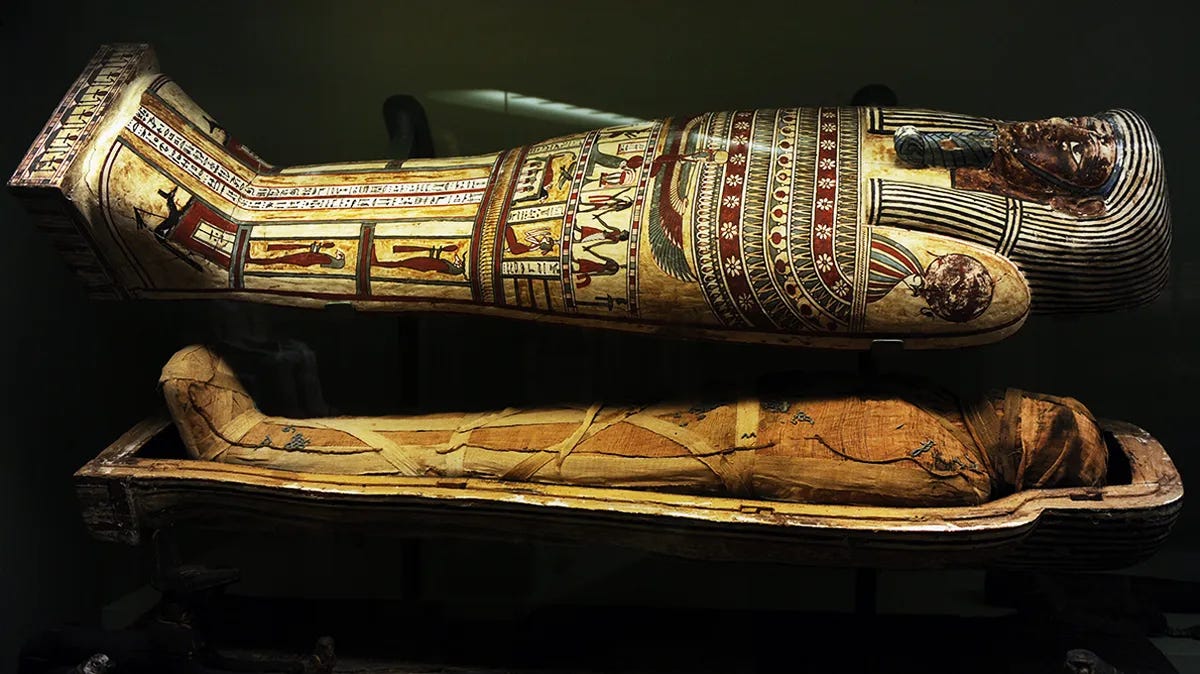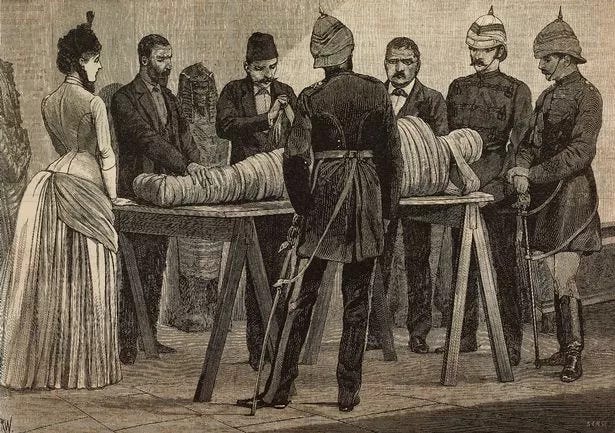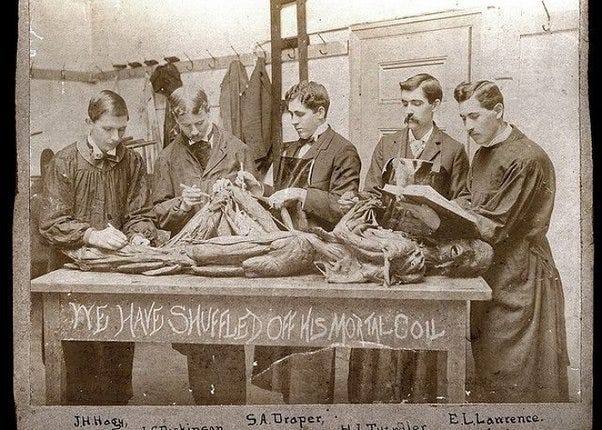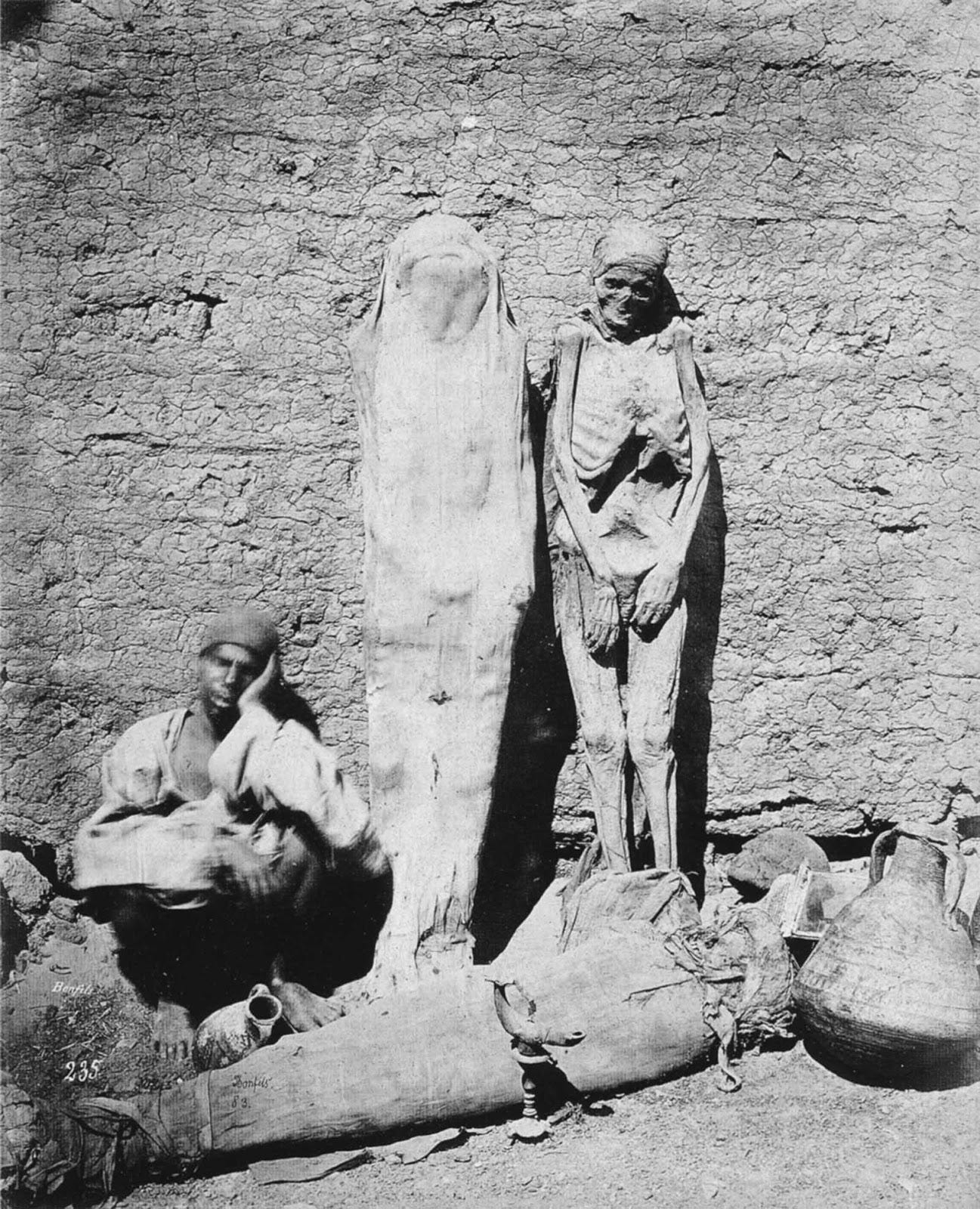Why did the Ancient Egyptians mummify their dead?
There are several beliefs on why the Egyptians did this and our understanding is constantly evolving. It is generally believed that a primary reason for preserving the bodies the way they did is due to their concepts of entities called ka and Ba, which are akin to the soul and one’s personality, respectively. Unlike most Christian ideas about death, the soul or ka could not survive without the shell that is the body. The same goes for Ba. So to preserve a person’s ka and Ba for the afterlife, decomposition needed to be stemmed as much as possible.
Another more recent perspective on why the Egyptians mummified the dead was not so much to preserve their living likeness, but rather to perfect their form for divinity and the afterlife. For example, ‘useless’ organs except for the heart were removed (the heart was believed to be the organ of reason and seat of the soul and was needed in the afterlife), the application of holy substances such as frankincense, myrrh, and natron on the body, and the placement of masks on the bodies which were more idealized images of the person rather than lifelike portraits. Essentially, mummification was altering a person into a more holy and divine form.
What was the mummification process?
This strangely wholesome and cute video provides a good high-level description of the mummification process used by the Ancient Egyptians:
Victorian Unwrapping Parties
A famous surgeon named Thomas Pettigrew started a Victorian trend known as “unwrapping parties”. In addition to being a surgeon, he was quite taken with ancient Egypt and had even taken it upon himself to learn how to read hieroglyphs once the Rosetta Stone was successfully translated. His first unwrapping party took place in 1821 with the assistance of circus strongman-turned-archeologist Giovanni Belzoni. During these gruesome unwrapping parties Pettigrew would ply each layer off, along with amulets placed within the wrappings, until the body itself was revealed and analyzed. As it was often difficult to unwrap the bandages due to the hardened resin sealing them, the bodies were known to be treated very roughly and (obviously) disrespectfully. Pettigrew was so prolific in hosting these unwrappings that they could hardly be called scientific demonstrations, hence why they are referred to as “parties”. In 1834 he published A History of the Egyptian Mummies which is considered to be a foundational text in early Egyptology.
Alexander Hamilton, 10th Duke of Hamilton, was so enthralled with Pettigrew’s work that he requested that Pettigrew mummify his body upon his death (1852), which he did.
Mummy sellers
The demand for mummies became so high that people were ransacking tombs for mummies to sell, either for unwrapping parties, for display, as tourist souvenirs, to make a pigment known as Mummy Brown, or even for consumption…
Sadly, to keep up with demand mummy vendors began to use the bodies of the poor, the sick, or executed criminals. They would quickly treat them by burying them in the sand or stuffing them with bitumen and exposing them to the sun, and then passing them off as authentic Ancient Egyptian mummies. Ironically there is a comedic silent film from 1914 in which a man has a vagrant pretend to be a mummy in order to sell him:
Mummies Around the World
Although Egyptian mummies are often the most featured in pop culture, the Egyptians weren’t the only civilization, or even the first, to mummify the dead. Whether intentionally preserving bodies, or unintentionally due to environmental conditions that lend themselves well to inhibiting oxygen and bacteria (such as bog bodies), mummies have been found all over the world. Check this article out for a brief look at some of them. One of the more disturbing examples is the self-mummification process called sokushinbutsu employed by some Buddhist monks while they are still alive.
On that gruesome note, see you next time.









